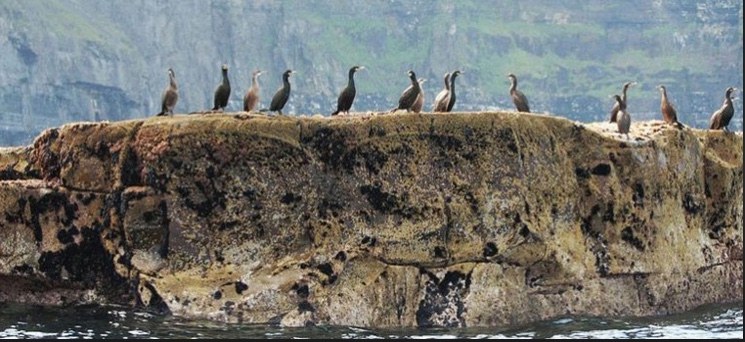Last month in iePEDIA we covered Special Areas of Conservation (SAC), which protect animals and their habitats within the EU. Here we address SPAs, which protect habitats of migratory birds and certain threatened birds, all under the EU Directive on the Conservation of Wild Birds. The Birds Directive is the oldest piece of environmental legislation in the EU. Together the SACs and SPAs constitute the Natura 2000 network of protected areas across the EU.

Certain species and sub-species of birds, listed in Annex I, are entitled to “special conservation measures concerning their habitat in order to ensure their survival and reproduction in their area of distribution.” Article 4. Species listed in Annex II can be hunted but only under certain conditions. Article 7.
Following guidelines set forth in the Directive, and based on scientific criteria, each Member State is required to identify and designate SPAs. The Commission then reviews the submissions from the Members and determines if they satisfy the Directive. There are about 16 SPAs in Northern Ireland, about 155 in the Republic of Ireland, and about 4,500 across the EU.
Some further ideas to explore on SPAs:
Identify the nearest SPA near you and determine its current environmental status.
What conditions or activities are adversely affecting the SPA?
What action is being taken by the local or national government to correct the adverse impacts?
Sources:
European Union, Council Directive 79/409/EEC of 2 April 1979 on the conservation of wild birds (as amended in 2009), Official Journal of the European Union. bit.ly/2MLwMBj
European Commission, Natura 2000: Sites – Birds Directive. bit.ly/2O1Vz9b
Joint Nature Conservation Committee, Special Protection Areas (SPAs): UK [including NI]. jncc.defra.gov.uk/page-1400
Ireland National Parks & Wildlife Service, Special Protection Areas. bit.ly/2po17wE


No comments yet, add your own below